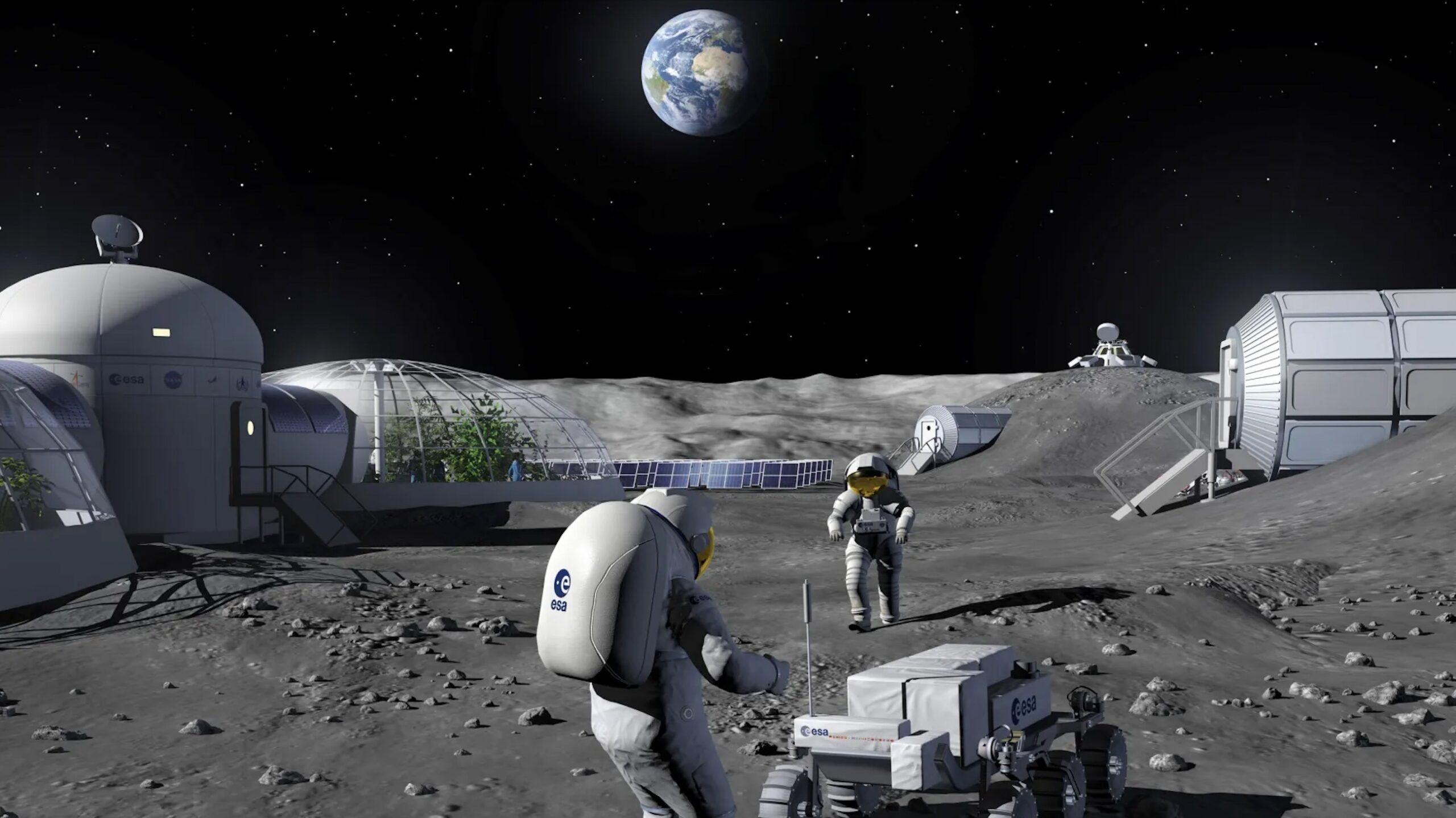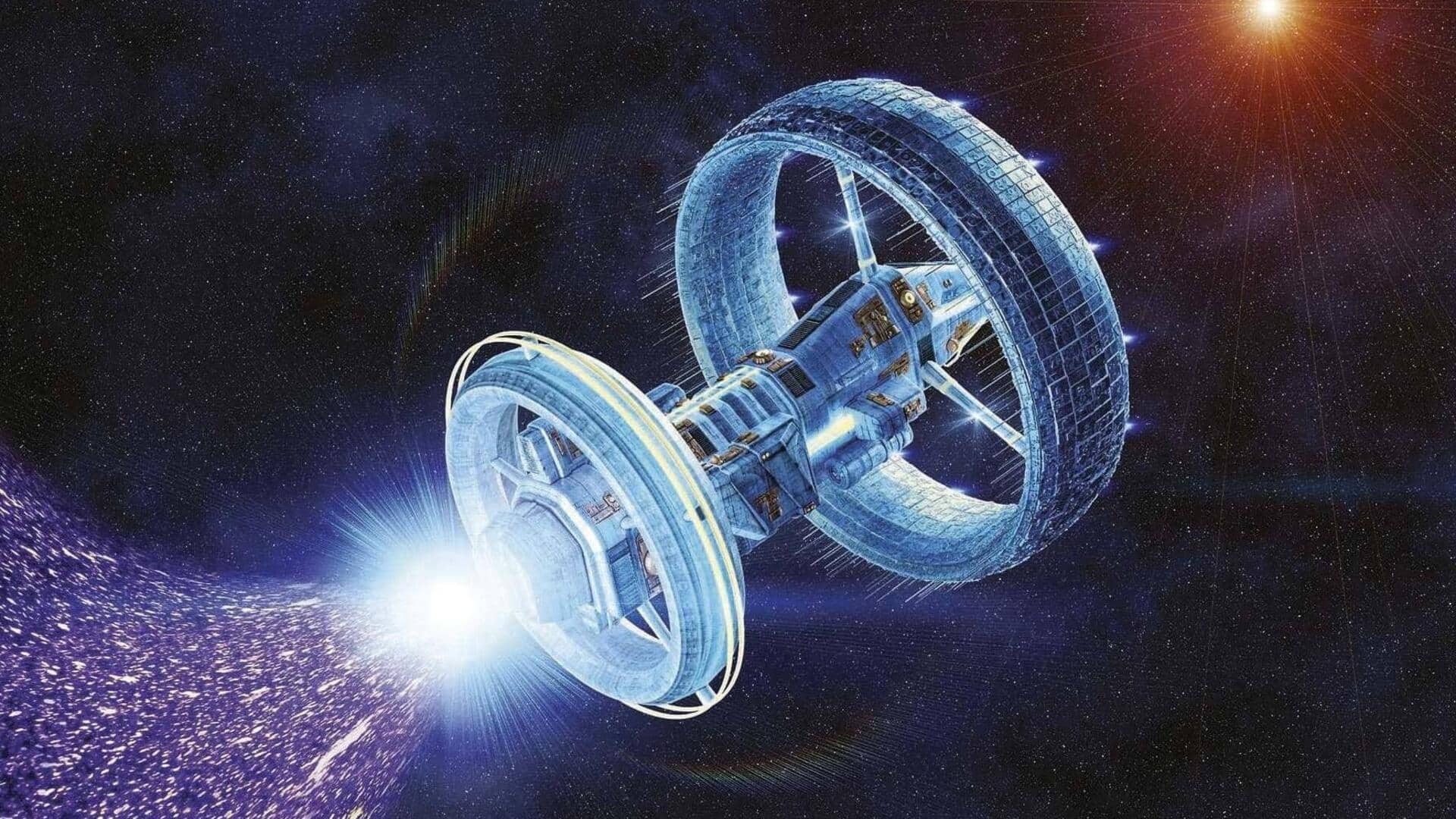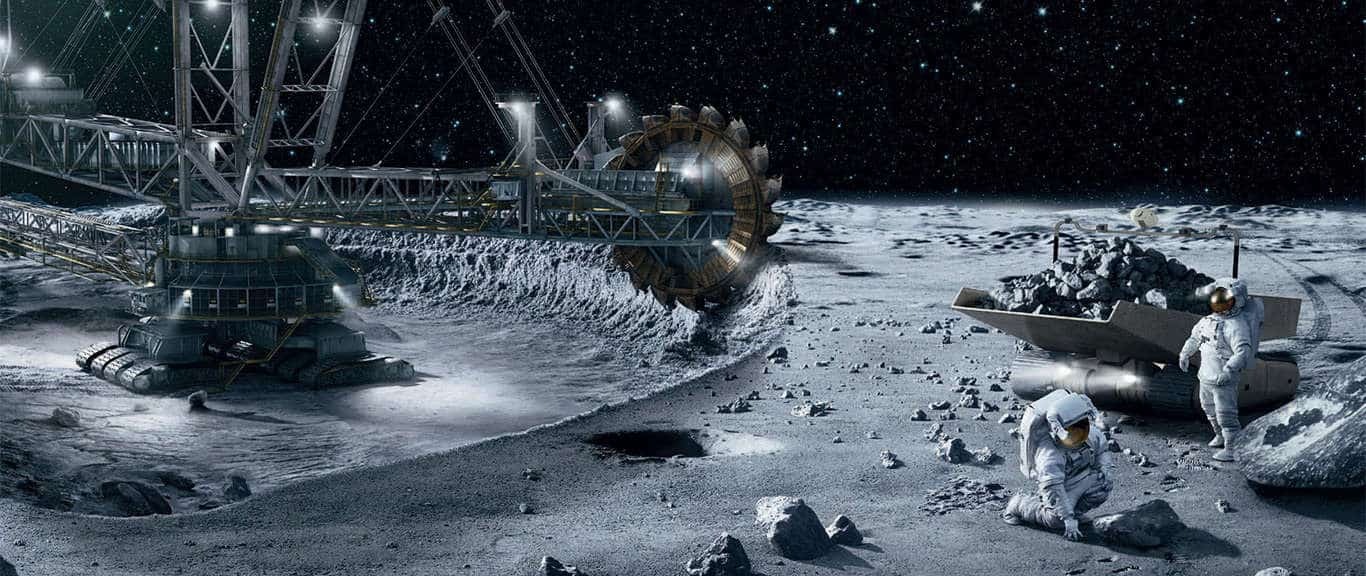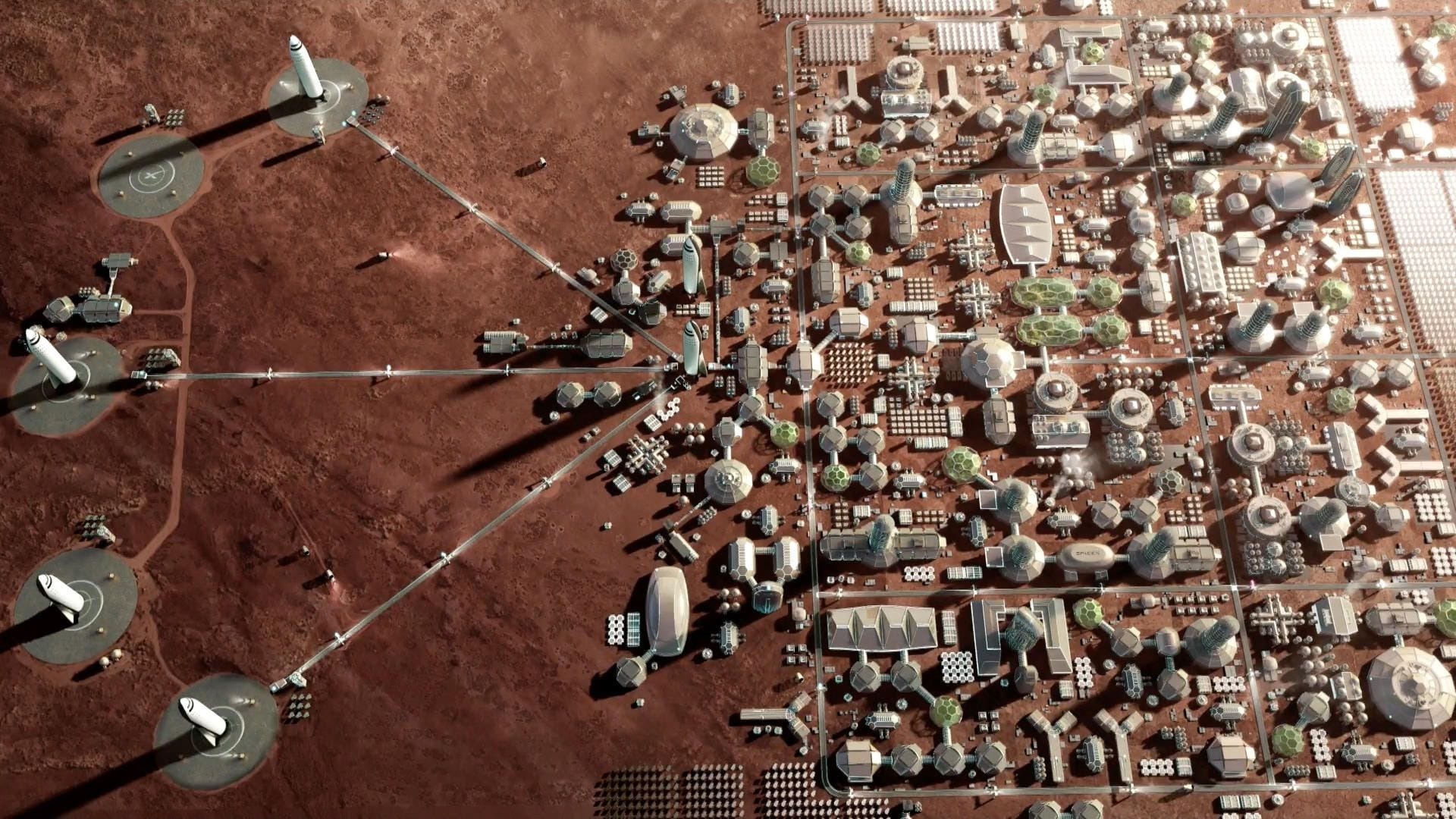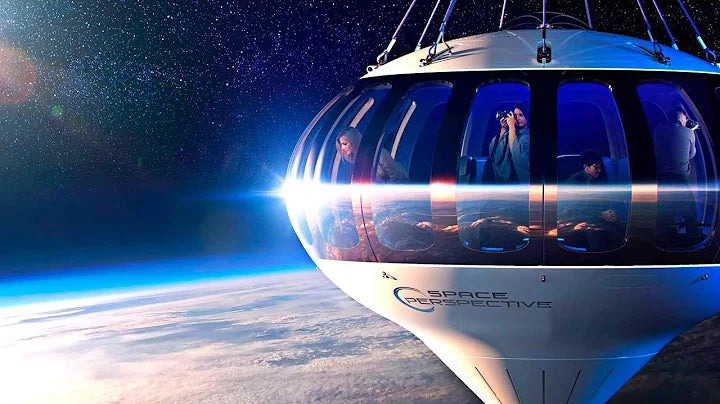In the late 1960s and early 1970s, humanity did something incredible. We sent astronauts to the Moon, and they came back safely. These missions, called the Apollo Program, were a huge triumph, but they were short visits. Astronauts spent just a few days on the Moon’s surface and then came home. Now, more than 50 years later, we have a new and even bigger goal: to not just visit the Moon, but to build a permanent home there.
This mission to build a sustainable lunar base is a key part of our future in space. It is a plan to build a base that can live and grow on its own, without needing constant supplies from Earth. This will be the first time in human history that we will build a home on another world. The challenges are huge, but the rewards are even greater. In this article, we will take a deep dive into this ambitious plan, from the reasons why we want to build a base on the Moon to the amazing ways we will use the Moon’s resources to live there.
Why Build a Lunar Base? More Than Just a Visit
Building a base on the Moon is a very difficult and expensive task. So, why do we want to do it? The reasons are a mix of science, preparation, and a desire to explore.
- To Stay and Learn: A permanent base will allow scientists and astronauts to live and work on the Moon for weeks or months at a time. This will let them do much more scientific research than was possible with the short Apollo missions. They can study the Moon’s geology, look for new resources, and learn about the formation of our solar system.
- To Prepare for Mars: The Moon will be the perfect place to practice for a future mission to Mars. The conditions on the Moon are harsh, with no air and dangerous radiation. By building a base there, we can test new technologies, practice living and working in a small, isolated environment, and learn how to use resources that we find in space. It will be a stepping stone for our journey to the Red Planet.
- To Use Resources: The Moon is full of resources that we can use to live and work there. Scientists have found water ice, which can be used for drinking and for rocket fuel. The lunar soil also has a lot of minerals that can be used to make oxygen and building materials. By using the Moon’s resources, we can make our missions much cheaper and easier.
The Biggest Challenge: Living in a Harsh Environment
The Moon is not a friendly place for humans. To live there, we will have to overcome some major challenges.
- No Air: The Moon has no atmosphere. This means that we cannot breathe there, and we cannot go outside without a spacesuit. Our base will have to be completely sealed and have a life support system that gives us air to breathe and keeps the temperature just right.
- Extreme Temperatures: The Moon has a very long day and a very long night, each lasting about two weeks on Earth. This causes huge temperature swings. During the day, the temperature can get hot enough to boil water, and at night, it can get cold enough to freeze water solid. Our base will need to be well-insulated to protect the people inside from these extreme temperatures.
- Radiation: The Moon has no magnetic field and no atmosphere to protect it from the Sun’s radiation and from cosmic rays. These rays are very harmful to humans and can cause a lot of health problems. Our base will have to be built in a way that protects the people inside from this radiation.
Building a Base: The First Moon Homes
Building the first home on the Moon will be a very difficult and complex task. We cannot send all the parts from Earth, so we will have to use a lot of robots and new technology to build the base.
Landing the Parts
The first step will be to send the parts of the base to the Moon. This will be done with powerful rockets like NASA’s Space Launch System (SLS) and other commercial rockets. The first missions will land the parts of the base in an area of the Moon that has a lot of sunlight for power and also has a lot of water ice.
The Use of Robots
Before the first astronauts arrive, robots will be sent to the Moon to prepare the landing site and to build the base. They will clear the ground, move parts into place, and maybe even start building the first habitats. The robots will be a crucial part of the construction process, as they can do a lot of the heavy and dangerous work.
Building with Moon Dust
The best way to protect the base from radiation and from micrometeoroids (tiny space rocks) is to build it with materials that are already on the Moon. The Moon’s surface is covered with a layer of fine dust and rocks called regolith. This regolith is the perfect building material. The plan is to use robots and a technology called 3D printing to turn this lunar dust into solid structures that can be used to build habitats, landing pads, and roads. The regolith could also be used to cover the habitats that were sent from Earth, giving them extra protection.
Living Off the Land: The Moon’s Resources
To build a sustainable base, we cannot rely on getting everything from Earth. We will have to find a way to live off the land and use the resources that are already on the Moon.
Getting Water from Ice
The most important resource we need is water. Scientists have found a lot of water ice at the Moon’s South Pole, in craters that are always in shadow. The plan is to send robots to these craters to drill for the ice and melt it. This water can be used for drinking, but it is also the key to making rocket fuel and oxygen.
Making Oxygen
The Moon’s soil, or regolith, has a lot of oxygen locked inside it. The plan is to heat up the regolith to a very high temperature, which will release the oxygen. This oxygen can then be used for the astronauts to breathe and as a part of the rocket fuel. This is a very important step towards a self-sustaining base.
Using Sunlight for Power
The Moon has no fuel, but it does have a lot of sunlight. The plan is to use giant solar panels to generate power for the base. The base will need a lot of power for the life support systems, for the machines that make water and oxygen, and for the robots that are building the base. To get power during the long lunar night, the plan is to have a small nuclear reactor or to have a way to store the energy from the day.
The Lunar Gateway: A Base in Orbit
Another key part of the plan to build a lunar base is the Lunar Gateway. The Gateway is a small space station that will be built in orbit around the Moon. It will be a kind of cosmic hub for missions to the Moon.
- A Staging Area: The Gateway will be a place where astronauts can live and work while they are in orbit around the Moon. It will be a place where they can transfer from the Orion spacecraft to the lander that will take them down to the Moon’s surface.
- A Lab for Science: The Gateway will also be a place for scientists to do research. It will be a lab where they can study how things behave in a deep space environment, away from Earth.
- A Communication Hub: The Gateway will act as a communication hub between the Earth, the astronauts on the lunar surface, and the lunar rovers and robots.
The Gateway is a crucial part of the plan to build a permanent presence on the Moon and to make our missions to Mars much easier.
Conclusion
The plan to build a sustainable lunar base is one of the most ambitious projects in human history. It is a journey that will take us from short visits to a permanent home on another world. The challenges are huge, but we have a plan to use robots and the Moon’s own resources to build a base that can protect our astronauts from the harsh environment. The lunar base will not only be a place for science and discovery but also a crucial stepping stone for our journey to Mars. The first steps are being taken today with the Artemis program, and in the not-so-distant future, the dream of living on the Moon will become a reality.







